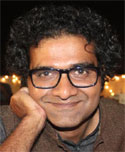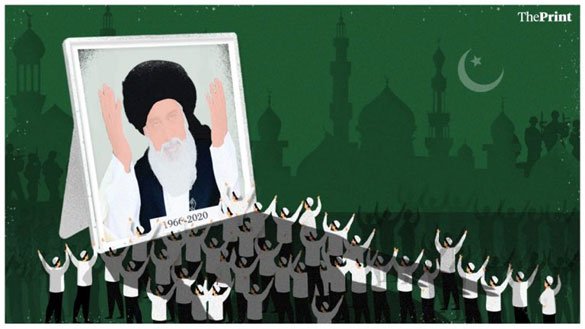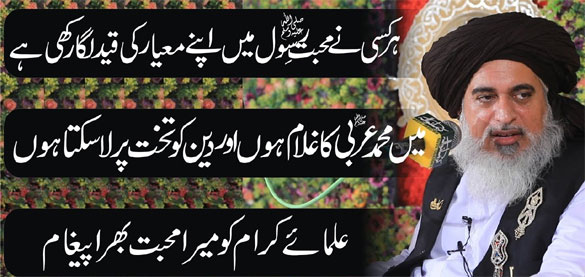New Age Islam Edit Desk
30 November 2020
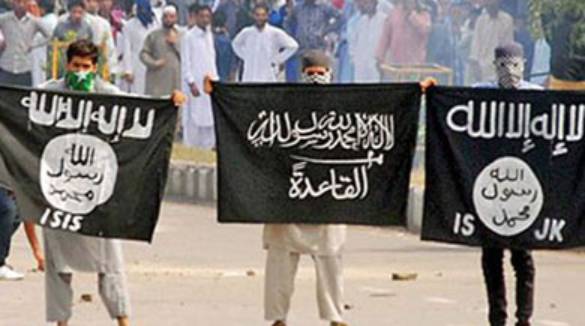
Previously we argued that The Jihadists’ Use of the Black Flag Narrative Is Not Reliable In the Eye of Hadith-Scholars and Hence Should Not be Acceptable. This time we have brought the reliable Hadith of Hazrat Ali (the Fourth caliph of Islam and the son in-law of the Prophet) which the readers must be shocked to see in the context of the present-day Jihadists in common and the ISIS in particular. The text of the Hadith is as clear as required to substantiate that the Muslims were commanded about 1400 hundred years ago, not to join the rank of those carrying the black flags.
The text of the translated Hadith is as follows;
It is narrated on the authority of Hadhrat ‘Ali ibn Abi Talib (may Allah ennoble his countenance): “When you see the black flags, then remain on the ground, and do not move your hands or your feet. Thereafter there shall emerge a weak folk to whom no concern is given. Their hearts will be like the iron rods. They shall be the people of the State (Ashab al-Dawla). They will fulfil neither covenant nor agreement. They will invite to the Truth, though they are not from its people. Their names will be with ‘kuna’ [plural form of kunya; a teknonym in Arabic names. A kunya is expressed by the use of ‘Abu’ that means ‘father’], and their ascriptions will be to villages (or places) [i.e., al-Misri, al-Harrani, al-Baghdadi, etc.]. Their hair will be long like that of women. [They shall remain so] till they differ among themselves, and then Allah will bring the truth to whomever He wills."Kitab Al Fitan (Book of Tribulations) by Nu'aym ibn Hammad)
Before delving deeper into some details related to the above text, one must take into consideration that the narrator of this text is Nua’ym Ibn Hammad who was the Sheikh (spiritual teacher) of Imam Bukhari and whose narrations were authentically accepted by all the famous six compilers of Hadith-books known as Sihah al-Sitta (the six most authentic books of Hadith). Hazrat Nua’ym recorded this Hadith of Hazrat Ali in his Kitab al-Fitan (The Book of Tribulations) to refer to the people of Tribulations who in recent times are ISIS, The Taliban and Al-Qaeda.
---------------------------------------------------------------------------------
---------------------------------------------------------------------------------
Let Us Divide The Text Of The Hadith Into Parts As Follows;
1. When you see the black flags, then remain on the ground, and do not move your hands or your feet.
2. Their hearts will be like the iron rods
3. They shall be the people of the State (Ashab al-Dawla).
4. They will fulfil neither covenant nor agreement.
5. They will invite to the Truth, though they are not from its people.
6. Their names will be with ‘kuna’ [plural form of kunya; a teknonym in Arabic names. A kunya is expressed by the use of ‘Abu’ that means ‘father’]
7. Their ascriptions will be to villages (or places) [i.e., al-Misri, al-Harrani, al-Baghdadi, etc.].
8. Their hair will be long like that of women. [They shall remain so] till they differ among themselves
The part of the text “When you see the black flags, then remain on the ground, and do not move your hands or your feet” implies that when you see the people carrying the black flags, you should remain on the ground, that is, in your own place, town or country at large. It is not difficult to know the ISIS and other similar Jihadists carry the black flags. Thus the implication is that you should not go to join the rank of these people, as they are the people of the Tribulations who create disorder in the land of the Lord Almighty.
The hearts of the ISIS, Taliban and Al-Qaeda are really like the iron rods. They have mercilessly killed thousands of civilians including children, women, the weak and the old in several parts of the world, especially Iraq and Syria.
The phrase “They shall be the people of the State (Ashab al-Dawla)” indicates that these people of Tribulations will claim to establish their own Dawla meaning State without gaining votes of civilian-majority.
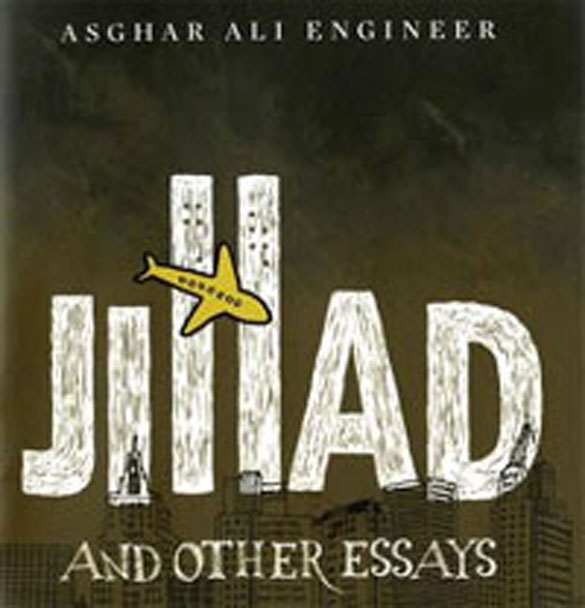
That “They will fulfil neither covenant nor agreement” is undeniable truth in terms of ISIS and other similar militant groups. They have broken all the globally accepted covenants of peace and harmony worldwide.
The part of the Hadith “They will invite to the Truth, though they are not from its people” could be applied to these militant groups as they claim to follow the Quran and Sunnah whereas they are not following these books in their true forms. They apparently invite to Islam, but their merciless crimes and false creeds bear witness to the fact that they have nothing to do with Islam.
“Their names will be with ‘kuna’”. The word ‘Kuna’ is the plural form of kunya, which is used as a teknonym in Arabic names. A kunya is expressed by the use of ‘Abu’ that means ‘father’. See the members of ISIS, you will find that approximately all of them are using their names with ‘Kuna’, for example, Abu Bakr al-Baghdadi’ (leader), Abu Musab al-Zarqawi (founder; killed in 2006), Abu Ayyub al-Masri (killed in 2010), Abu Abdullah al-Rashid al-Baghdadi (killed in 2010), Abu Suleiman al-Naser (head of military shura; killed in February 2011) and so on.
Another sign of the inciters of tribulations mentioned in the above Hadith of Hazrat Ali is that “Their ascriptions will be to villages (or places).” In this regard you will not find it difficult to notice that they add the names of the places to their names, such as al-Misri, al-Harrani, Zarqawi, al-Baghdadi, al-Kurdi, al-Iraqi, al-Maghrebi, al-Kurdi, al-Alwani, al-Jazrawi, al-Shishani, al-Almani etc.
The narration also says, “Their hair will be long like that of women. [They shall remain so] till they differ among themselves, and then Allah will bring the truth to whomever He wills.” On searching the images of ISIS members on the internet, it will appear to you that their hair is long like that of women.
The above details conspicuously signify that ISIS and other similar Jihadists are the ones that have been indicated in the Hadith of Hazrat Ali (May Allah be pleased with him). And therefore we reinforce our calling upon Muslims that they should not go to join the rank of ISIS- the people of Tribulations whose work is simply creating the disorder in the Land of the Lord Almighty. As for those who hold sympathy for ISIS and other similar Jihadist outfits, they should take this Hadith as an eye-opener and reform their viewpoint before it is too late.

